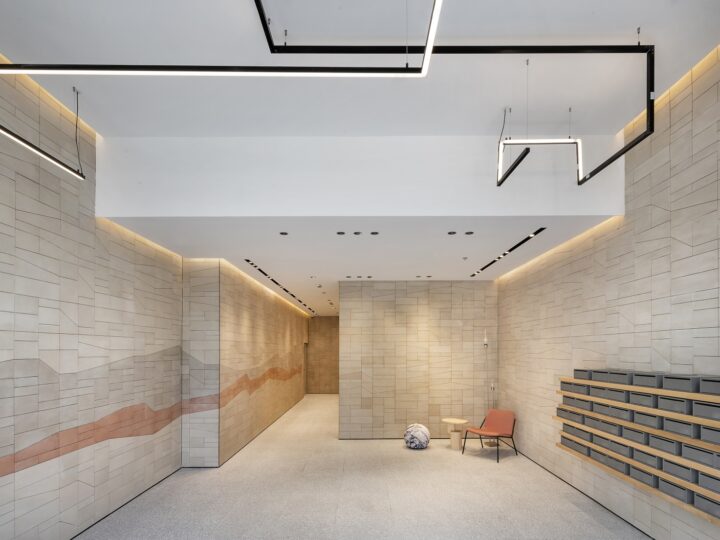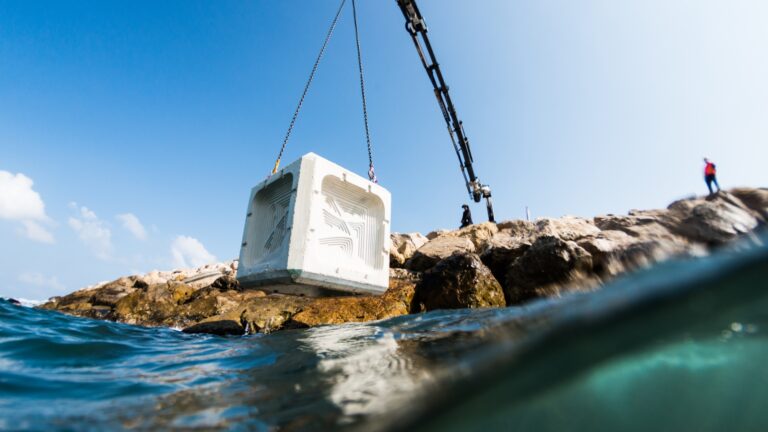Framers, foundation pourers, electricians, plumbers, painters, HVAC engineers, carpenters, lighting consultants, window installers… a house is a product of dozens of unrelated subcontractors who don’t always sync perfectly in terms of skills and scheduling.
Ami Avrahami and Amit Haller, two Israeli high-tech entrepreneurs who’d gotten involved in Silicon Valley real estate after the 2008 subprime crisis, envisioned house construction as a well-coordinated symphony.
That’s why they founded Veev.
“We came from the outside of the real estate industry and that made us ask a lot of questions about why it was so linear and fragmented,” Avrahami tells ISRAEL21c.
“The GC [general contractor] brings subcontractors. If one subcontractor didn’t finish his work, the other can’t do his work. It was very transitional and problematic.”
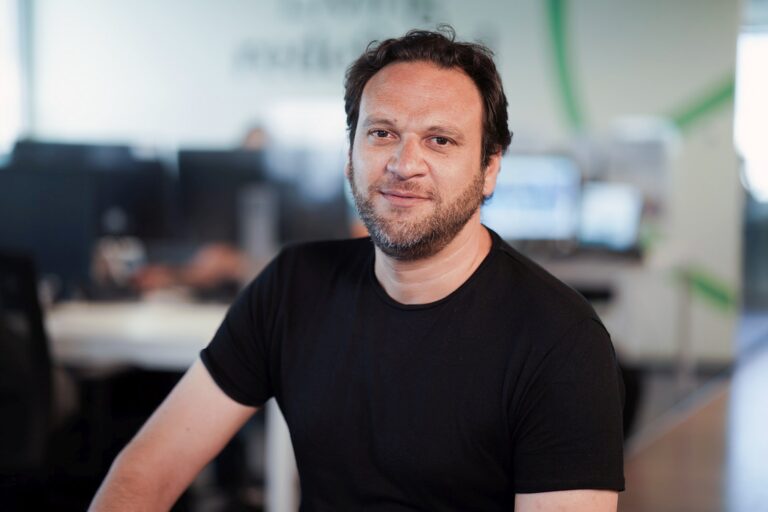
The last straw was when they bought a project that was ready to be built but the permitting took another year and in that period the framer’s estimates had skyrocketed from $800,000 to $2.2 million.
“Lumber prices hadn’t changed, salaries hadn’t changed. Clearly something wasn’t working right,” says Avrahami.
He and Haller saw only two ways to make a profit — increase the selling price or reduce expenses by reducing quality – and didn’t want to do either.
“We decided we don’t want to play this game,” Avrahami says.
In the high-tech world, they’d had more options for making a high-quality product at a lower price, such as manufacturing in China.
“But in real estate, everything is done onsite and you are dependent on subcontractors,” says Avrahami.
Evolutionary change
They established Veev in January 2009 to disrupt the field of homebuilding, “not for the sake of disruption but because that’s what the market dictated.”
They fine-tuned their approach for nearly 15 years, launching their latest B2B enterprise on May 17.
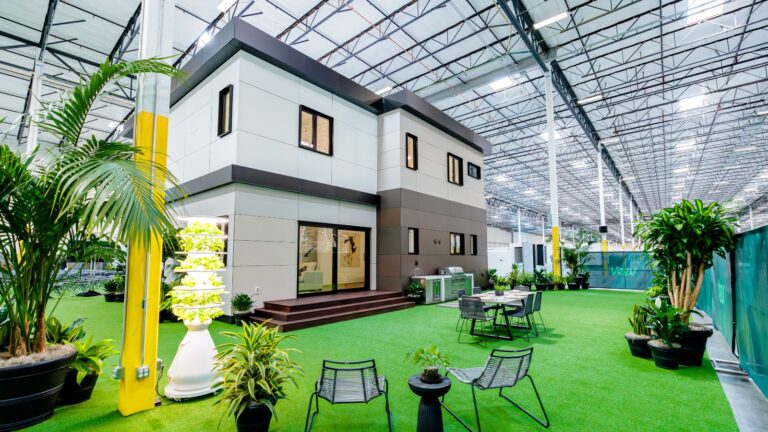
“Veev was not revolutionary but rather evolutionary as we kept discovering new processes to reinvent,” Avrahami says.
The first discovery was light gauge steel (LGS), which can be machine-folded to form frames as an alternative to wood. Since few US companies were using LGS and few subcontractors know how to work with it, “we decided to do it ourselves,” says Avrahami.
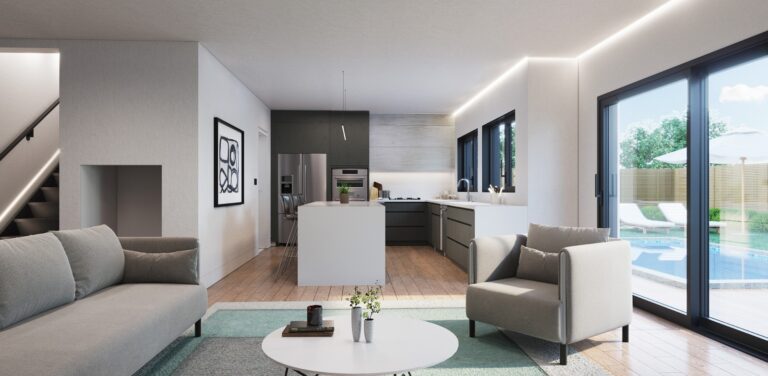
The next game-changing discovery was high performance surface (HPS) as an alternative to drywall.
HPS, a versatile nanobead coating that resists germs, odors, dust, scuffs, scratches and stains, covers every indoor and outdoor surface of a Veev home, be it stucco, wood, stone, brick or tile.
Lower carbon footprint
LGS and HPS aren’t cheap but they are lighter, stronger, and more sustainable than wood and drywall, with near-zero waste, Avrahami explains.
Another aspect decreasing the carbon footprint of the project is that there’s no cutting of materials onsite, which normally necessitates trucks to haul away the waste.
“We also install PV [photovoltaic] systems in our homes as part of the product,” says Avrahami. “Our goal is to get to net zero energy homes.”
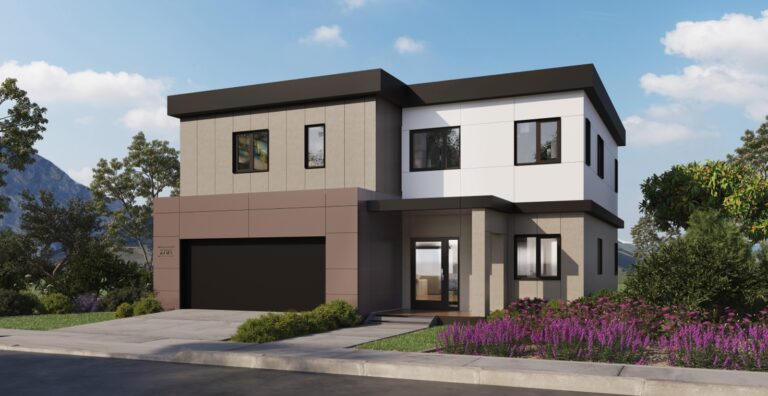
Even the foundation was rethought: instead of highly polluting cement, Veev anchors its homes with 8-foot steel piles in the ground.
“We’re currently over 50 percent better than the industry standard in terms of carbon footprint because we have nearly no waste of materials. HPS is a recyclable material and we can use it for walls, doors, kitchen cabinets,” he said.
The company has additional plans, such as graywater systems, in its future roadmap. “It’s a question of cost and demand; a matter of making adjustments here and there.”
Taking construction offsite
All preparation is done inside Veev’s digital fabrication facility in northern California.
Every wall panel is framed, insulated and outfitted with mechanical, electrical, plumbing, fire protection and the Veev Digital Home operating system.
Using digital blueprints enables the wall panels and flooring to be state-inspected and fully closed and cladded prior to arriving onsite for quick installation — about four times faster than the construction industry standard — which lowers costs significantly.
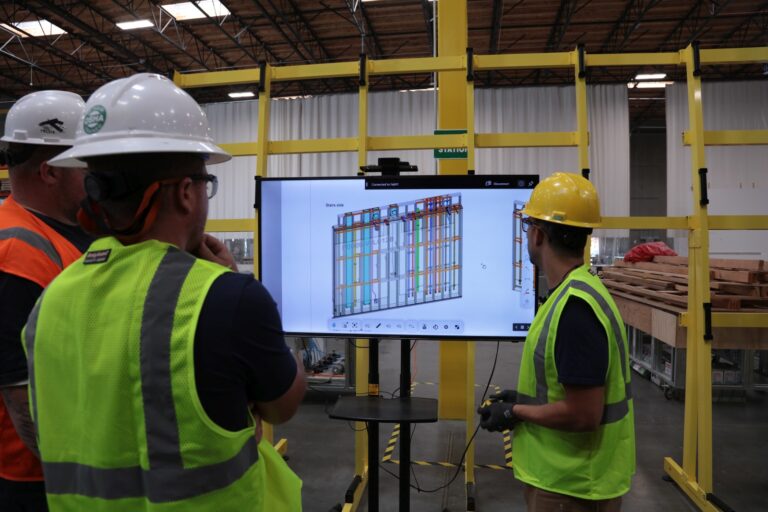
“It’s not only taking construction offsite; it’s no longer construction,” says Dafna Akiva, who joined Veev as a cofounder 13 years ago.
“It’s manufacturing and assembly — like an appliance that comes to your house and all you have to do is plug it in.”
Avrahami adds that Veev’s approach is different than modular construction, which is also faster than onsite construction but uses traditional materials and methods and has never caught on big time in the United States.
Need and value
Avrahami and Haller initially had difficulty raising funds.
Fifteen years ago, Avrahami says, “there were no VCs for construction. It is a very traditional industry that is very expensive to change. Today, everyone understands the need and the value of what we’re doing.”
This entrepreneurial duo, both veterans of IDF technological units and the early telecom industry, confidently forged ahead anyway.
“Our first major funding – a $100 million C round — was on Tel Aviv Stock Exchange’s TASE UP platform [for private companies],” says Avrahami.
Today, headquartered in California with R&D in Tel Aviv managed by Avrahami, Veev employs about 300 people. Among its funders are Bond Capital, Brookfield, Fifth Wall, JLL and Oren Zeev.
“Some of them are also our clients,” says Avrahami, explaining that the current Veev business model is to sell the projects to real-estate developers.
“Six months ago we shifted to a product-centric organization, initially in California and Texas because there is a lot of demand there for single-family homes.”
Localized
In each geography that Veev enters, a local fab will be built to produce the customizable houses.
“Our strategy is not having one huge fab, rather ‘fab in a box’ so it can be small and not very expensive to build,” says Avrahami.
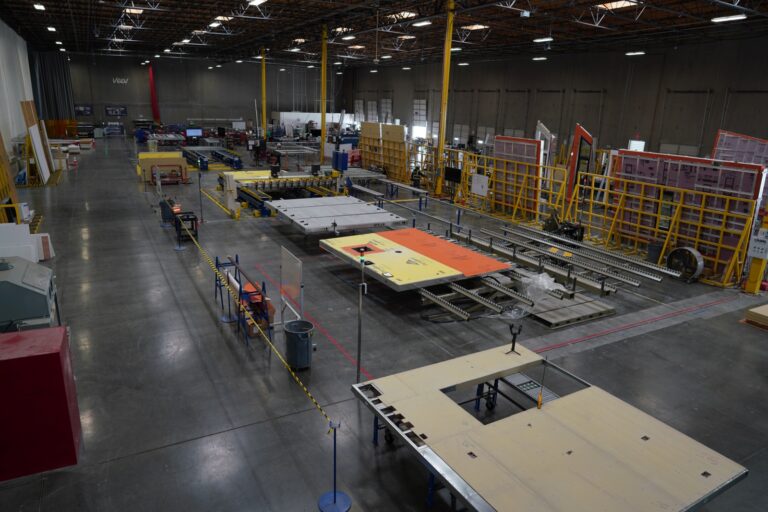
He says that a Veev home will be priced competitively with traditionally built houses because of the efficiency factor.
“If we sell at $450 per square foot, that’s competitive, but to build the quality we are building would have cost other developers $600 per square foot. We are doing it up to four to five times faster and in higher quality,” he says.
For more information, click here.














